‘Look North’ was the name of the regional BBC news programme when I was young, but the TV was always turned off when it came on because my Mum couldn’t bear Stuart Hall (with good reason, it turned out). But the phrase ‘look north’ has come back to me, now that my compass is swinging in a new direction.
I always looked south from Stockport when thinking about university, culture, food, desirable places to see, London, Paris, Rome, Lisbon. Or east when learning Russian and visiting the Soviet Union. Or east south east when living in Frankfurt then Brussels. But never truly north, having left my own north a long time ago.
[Facing north; Starburst crochet blanket made for my book, finally coming into use]
This is all set to change, as Tom, Zoë and baby Theo are moving next month to live in Stockholm, and I’m having to reorientate myself imaginatively, culturally, linguistically, creatively, geographically. This requires drawing up lists of bakeries, bookshops, yarn shops, weaving studios, swimming pools, art galleries, buildings, railway stations, metro stations in preparation for when we visit. Then spreading out to think about new Swedish cities and regions, railway journeys, ferries, and further still to countries such as Norway, Denmark, Finland, Estonia, Iceland. It may all be armchair travel, but it’s the best way I know of opening up my mind to Scandinavia. I do need to work on my Swedish, though, and read more Strindberg, Stieg Larsson, Henning Mankell, and Nordic noir.
[‘Girl with Sled’ (c1895) by Carl Larsson]
Or maybe not. I think I’ll stick to Carl Larsson’s versions of winter,
[making gingerbread in ‘Christmas in Bullerbyn’ by Astrid Lindgren]
and Astrid Lindgren’s stories set in Bullerbyn (based on Sevedstorp) with wonderful illustrations by Ilon Wikland.
Mostly, though, I’ve been thinking about mittens, and the need for warm hand coverings. We just missed the snow and -10C temperatures which arrived after we left Sweden, but even during the ‘milder’ winter weather we needed to keep heads, feet, and hands well-insulated. And mittens are a marvellous of finding a way into northern domestic culture, history, traditions, craft.
To be honest, I’ve not actually paid much attention to mittens for a long time, not since the days of everyone running around the playground at infant school with mittens dangling from elastic threaded through duffel coat sleeves - and all the children with very cold, very chapped red hands.
I did notice them again briefly when the Bernie Sanders mitten meme went viral in 2021, and who couldn’t admire a man who wears huge woollen hand coverings to a presidential inauguration when everyone else is probably wishing they’d done the same?
[Roald Amundsen wearing sealskin mittens, on Norge flight across the Arctic Ocean, 1926]
And I’ve been fascinated for years by the huge fur and sealskin mittens worn by polar explorers.
[peak mitten? Worn on Nares’ 1975 Arctic expedition]
But I’m now having to swing round from reading about Scott, Shackleton, and Antarctica to Nansen, Amundsen, and the Arctic Circle (oooh, Stockholm to Narvik , now there’s a good train journey…). I read a biography of Amundsen last year after the epic snowy train journey from Bergen to Oslo and, as with Bernie Sanders, admired his commitment to proper preparation for cold weather.
Mostly, though, it’s knitted mittens which are occupying my thoughts. Now that my focus has shifted, I am discovering a whole new northern world of Swedish, Norwegian, Estonian, and Latvian mittens, and am particularly taken with the idea of an annual ‘mitten day’ like they have in Norway on 14th October. This is seen as the first day of winter and a reminder that mittens should be finished and ready for the cold weather.
[exhibition of Selbu mittens at the Bergen Bymuseet, 2017-18]
Perhaps the most interesting part of the Norwegian mitten story is the importance and influence of Selbuvotter or Selbu mittens.
[Selbu mittens at Galleri No. 1, Klæbu, 2015]
Selbu, near Trondheim, is a small town where the former vicarage is now a museum with a huge collection of mittens and it tells the story of how Selbu “went from being a mining town to a knitting paradise”.
I want to look further into a place which once had its own mitten exchange in the local grocery shop where knitters could deliver their mittens and get money or food in return. And I absolutely love these displays of more modern Selbu mittens knitted in black and white, like some amazing computer language installation, all based on the incredible work done by Anne Bårdsgård and published in her book. Although the English translation of her book is out of print, many of the patterns can be seen on Ravelry. Of course, other colour combinations are also available eg via Arne and Carlos.
[Lovikka mittens pattern]
Lovikkavantar or Lovikka mittens are also from the very far north, but this time in Sweden near the border with Finland. They are quite different, knitted with thick pale yarn, then brushed so they are fluffy, and look like tiny baby polar bears or the huge fluffy white mittens Jane in High Wages wears at the beginning of the novel.
I can see myself making teeny tiny versions for Theo using this pattern.
And while I very much want to go all-out modern neon/bright/fun/flowers/dots, I could also keep to the traditional black and white with this brilliant Swedish pattern:
Mittens, like socks and hats, are small, doable, portable, affordable projects which don’t take an age and are always well-received. With so many patterns from the different countries and regions, so many possible colour combinations, so much history and culture and warmth all bound up in pair, they are a fine way to alter direction. I plan to start by looking north east to Latvia, with the sweetly named ‘bean blossom’ pattern used in Kalev’s Mittens by Nancy Bush, found via the pair being knitted by the artist Rachael Cocker on Instagram.
Happiness is a warm hand, as John Lennon did not sing.
Happy Sunday!



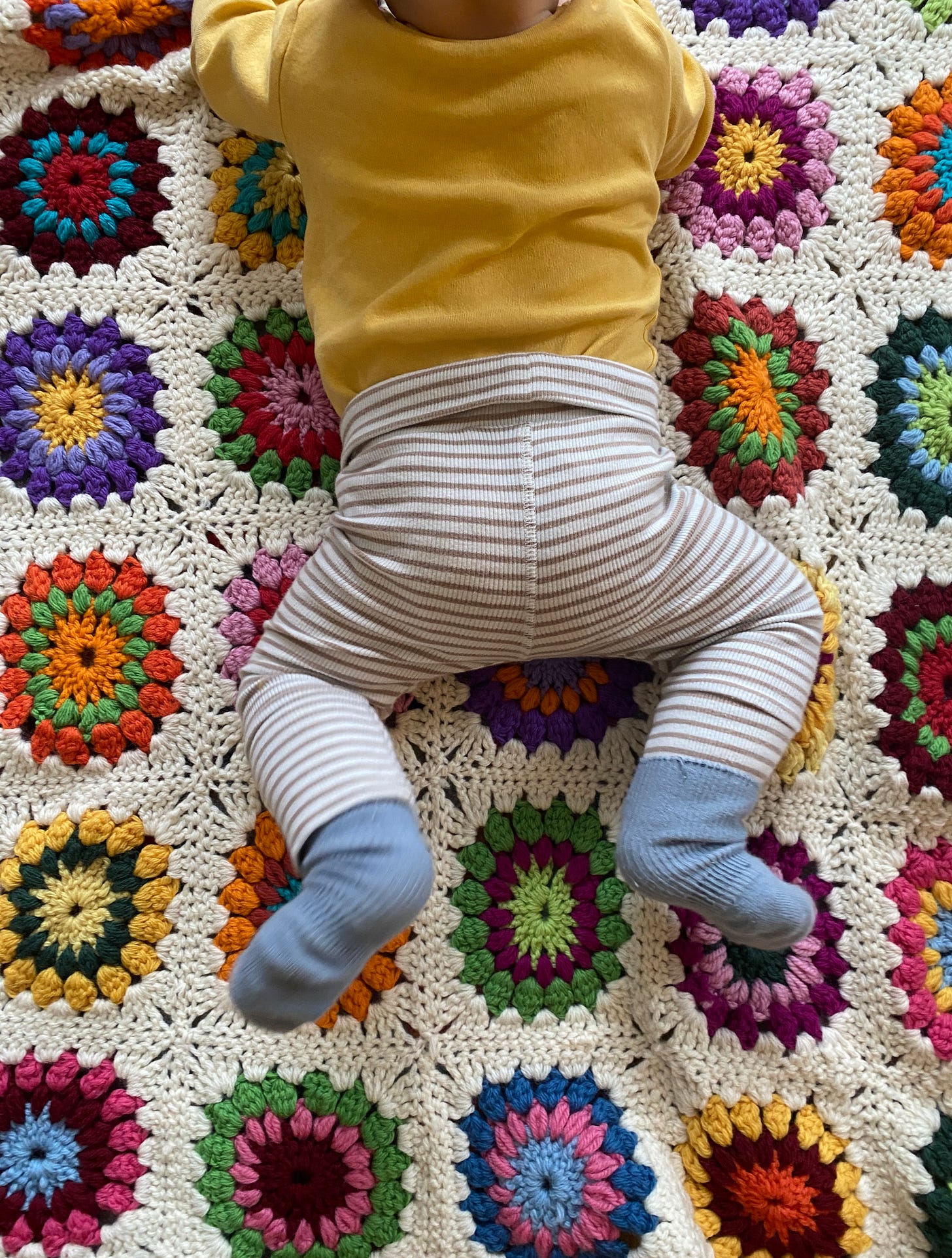

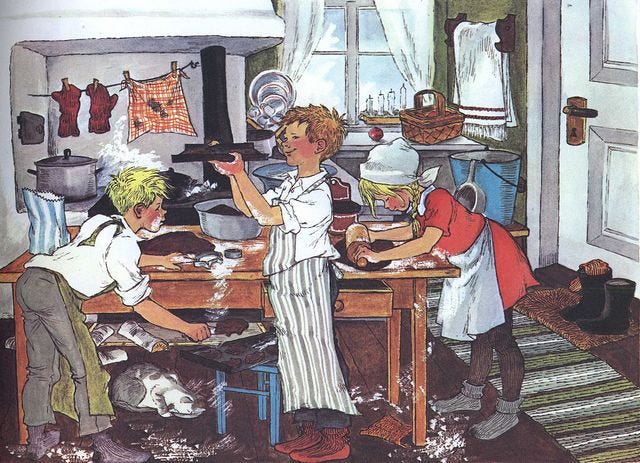


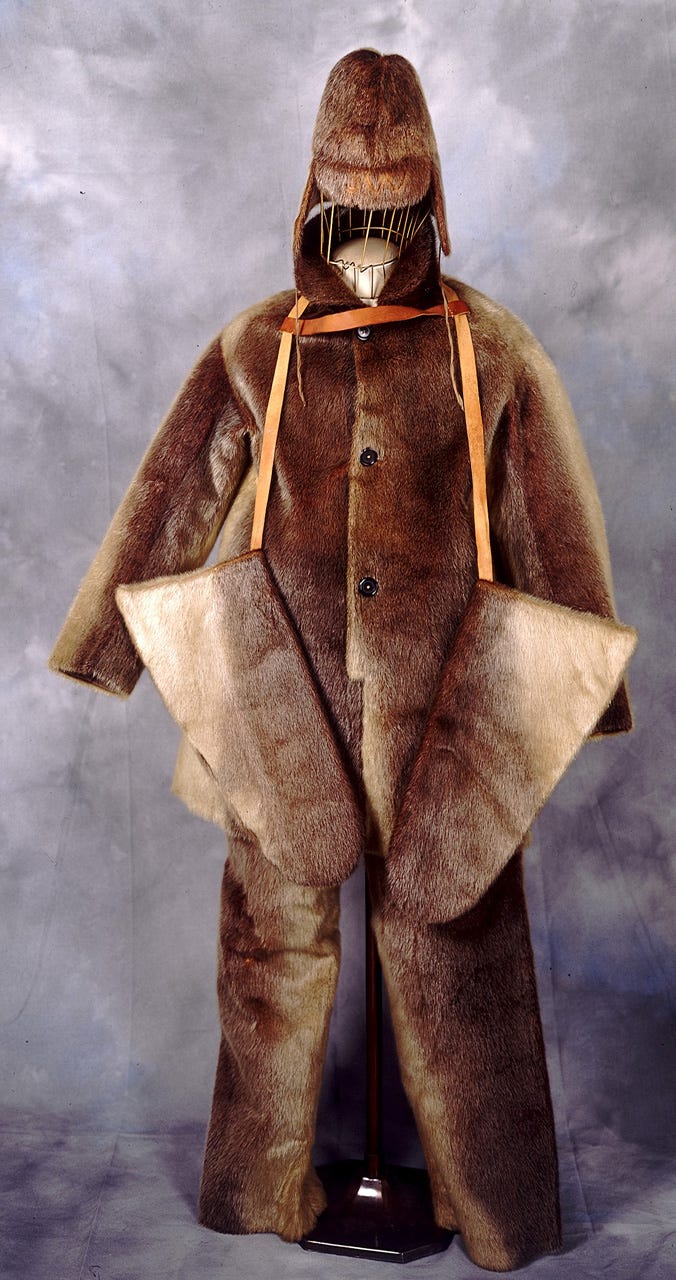

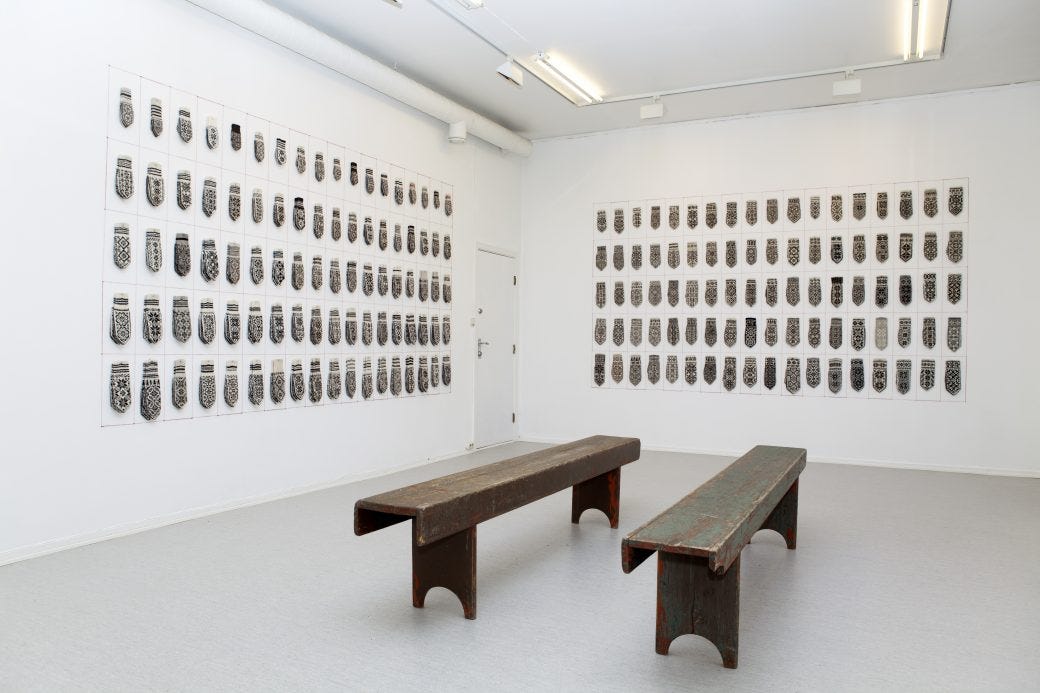

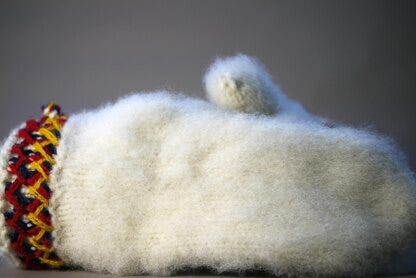


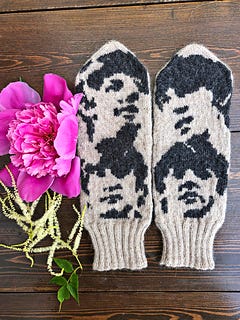
I now find myself eagerly anticipating your Fab Four reference for each post. I thought mittens/Beatles was going to be a stretch, but I should never have doubted you.
This reminded me of a lovely story I used to read to my class when I was teaching - ‘The Mitten’ a retelling of a Ukrainian folktale written and beautifully illustrated by Jan Brett. It might be a book to read to your new grandchild when he’s a little bit older but you could share the pictures now!